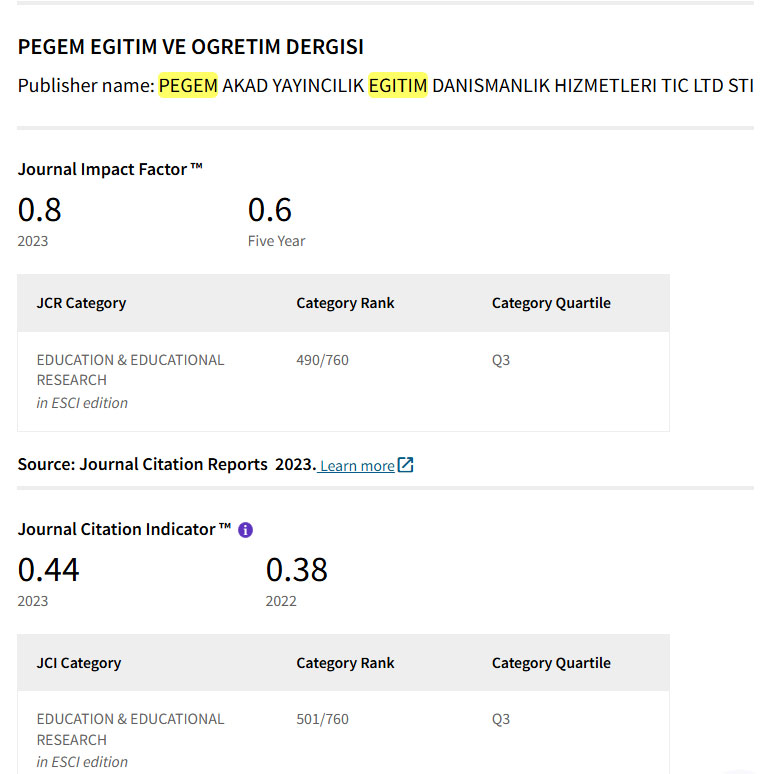Evolving Radiologic Approaches in Monitoring Hepatocellular Carcinoma After Locoregional Therapy
Keywords:
Radiologic Approaches, Hepatocellular Carcinoma, Locoregional TherapyAbstract
Background: Hepatocellular carcinoma (HCC) represents a major global health challenge, particularly in regions with high prevalence of chronic liver disease. Locoregional therapies (LRTs), including transarterial chemoembolization (TACE), radiofrequency ablation (RFA), microwave ablation (MWA), and radiation segmentectomy, are widely adopted for patients with unresectable HCC. Accurate and timely radiologic assessment following LRT is critical for determining therapeutic efficacy, detecting residual or recurrent disease, and guiding subsequent management. This review aims to comprehensively explore the evolving radiologic strategies used to monitor hepatocellular carcinoma after locoregional therapy. Emphasis is placed on conventional imaging modalities such as contrast-enhanced computed tomography (CT) and magnetic resonance imaging (MRI), as well as advanced functional techniques including diffusion-weighted imaging (DWI), hepatobiliary phase imaging, and dynamic contrast enhancement. The role of structured interpretation systems like LI-RADS Treatment Response Algorithm (TRA) and modified RECIST (mRECIST) is also examined.
Downloads
References
Balogh J, Victor III D, Asham EH, et al. Hepatocellular carcinoma: a review. J Hepatocell Carcinoma. 2016;3:41-53.
Llovet JM, Di Bisceglie AM, Bruix J, et al. Design and endpoints of clinical trials in hepatocellular carcinoma. J Natl Cancer Inst. 2008;100:698–711.
Brown ZJ, Tsilimigras DI, Ruff SM, et al. Management of hepatocellular carcinoma: a review. JAMA Surg. 2023;158(4):410-420.
Therasse P, Arbuck SG, Eisenhauer EA, et al. New guidelines to evaluate the response to treatment in solid tumors. J Natl Cancer Inst. 2000;92:205–216.
Downloads
Published
How to Cite
Issue
Section
License

This work is licensed under a Creative Commons Attribution-NonCommercial 4.0 International License.
Attribution — You must give appropriate credit, provide a link to the license, and indicate if changes were made. You may do so in any reasonable manner, but not in any way that suggests the licensor endorses you or your use.
NonCommercial — You may not use the material for commercial purposes.
No additional restrictions — You may not apply legal terms or technological measures that legally restrict others from doing anything the license permits.



